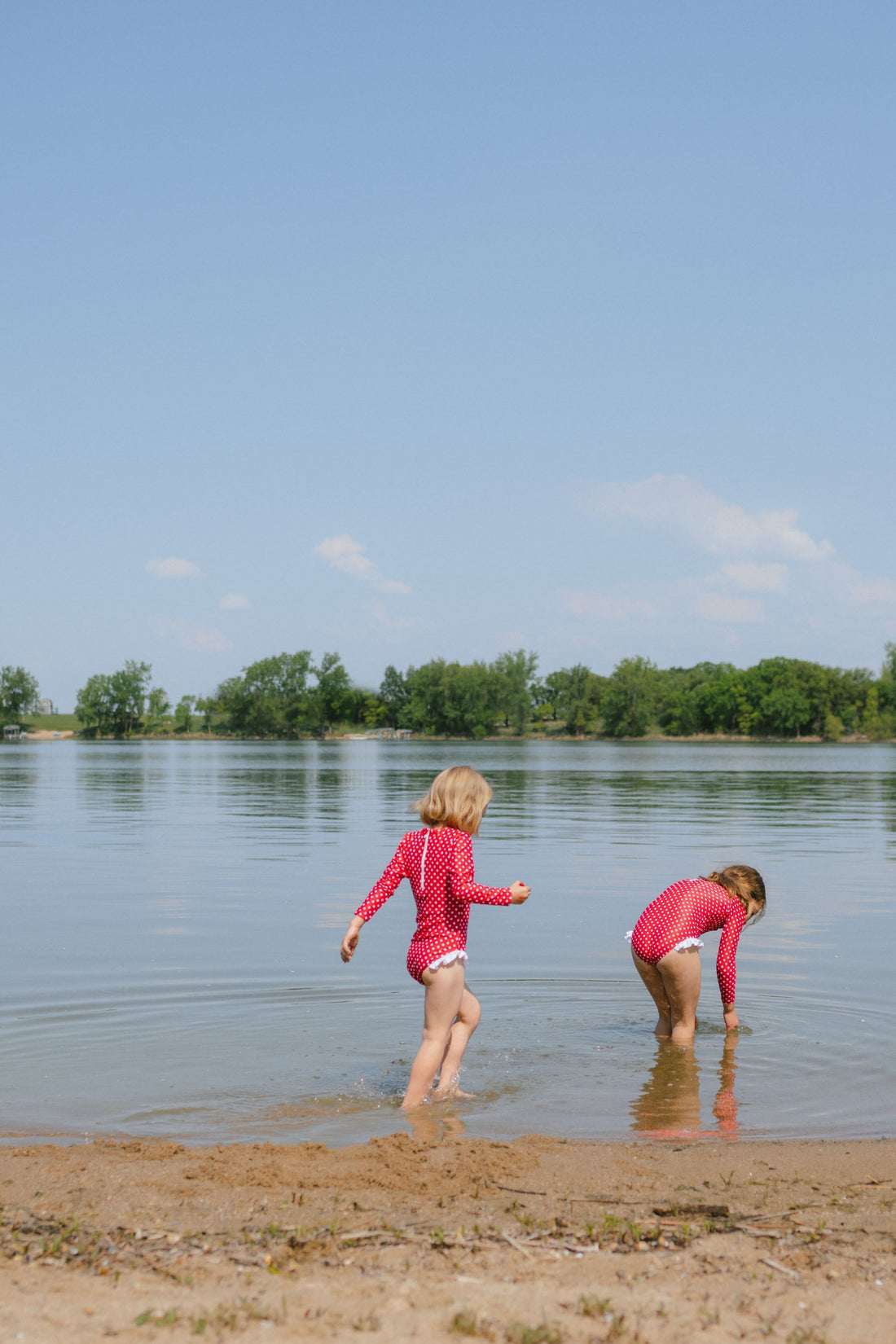
Beyond Swim Lessons: Why Open Water Skills Matter
Share
When most people think of swim lessons, they picture a pool. Warm water, calm surface, and a clear view to the bottom. It’s the perfect place to learn fundamentals — floating, strokes, and breath control. But here’s the truth many parents don’t realize: most drownings don’t happen in pools. They happen in living water — lakes, rivers, and oceans.
Controlled vs. Living Water
Swim lessons in pools are essential, but they take place in a controlled environment:
- Consistent temperature
- No currents
- Excellent visibility
- Quiet, predictable surroundings
Living water is a completely different world:
- Temperatures can drop quickly, shocking the body
- Currents, waves, and undertows can pull swimmers off course
- Visibility is often low, making orientation harder
- Conditions change in an instant
Why Skill Transfer Matters
It’s not enough for children (or adults!) to know how to swim in a pool — they need to learn how to transfer those skills into real-life water conditions. That means practicing how to:
- Stay calm when water feels colder, darker, or rougher
- Recognize and adjust to waves or currents
- Float and rest in unpredictable conditions
- Enter and exit water safely from non-pool environments
Confidence in the pool is step one. Confidence in open water is step two.
What Parents Can Do
- Ask your swim lesson provider how they teach students to prepare for open water. Some programs include safety days in lakes or simulations of real-life scenarios.
- Practice as a family in safe, shallow areas of lakes or calm beaches. Show your children how to float, tread water, and re-orient themselves in new conditions.
- Prioritize visibility. Bright swimwear makes it easier to keep track of swimmers in low-visibility environments.
- Stay vigilant. Even strong swimmers need supervision in living water. Conditions can change in seconds.

